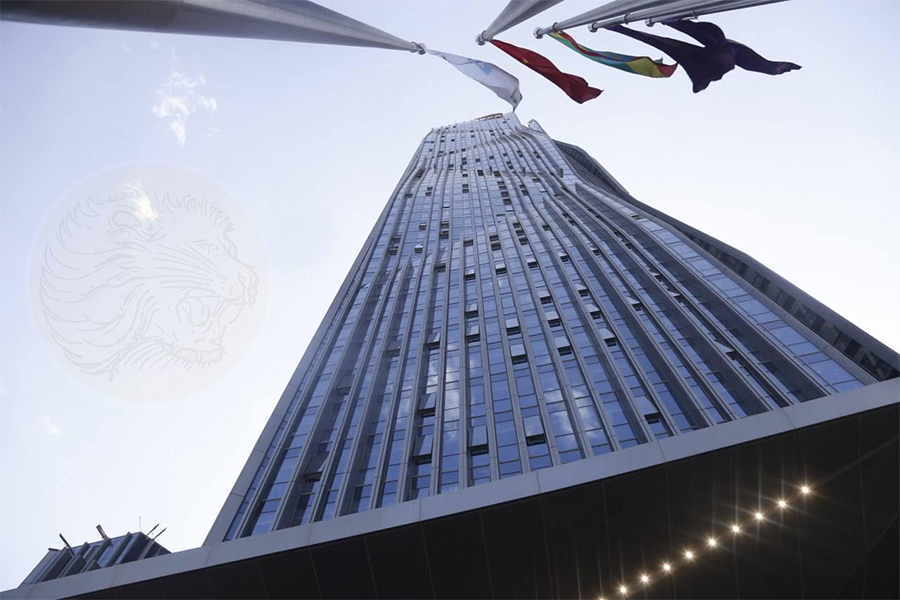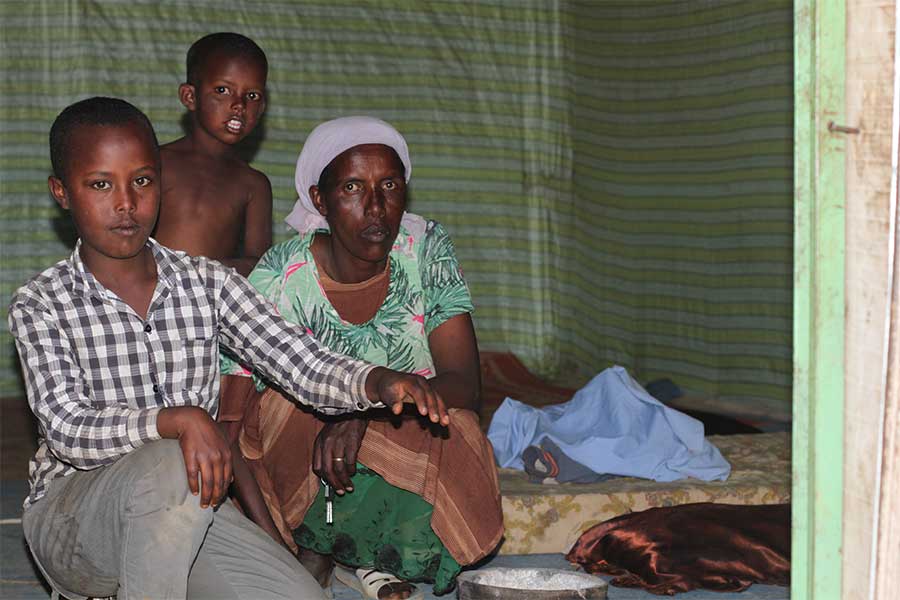
Fortune News | Sep 30,2021
Francisco Álvares, half a millennia ago, told of the tales of Lalibela’s rock-hewn churches with a memorable introduction.
“It wearied me to write more of these works, because it seemed to me that they will not believe me if I write more, and because as to what I have already written they will accuse me of untruth,” wrote the Portuguese explorer. “Therefore I swear by God, in whose power I am, that all that is written is the truth, and there is much more than I have written, and I have left it that they may not tax me with its being falsehood.”
Indeed, that uphill, elegant turns and twists within stones that are rock-hewn churches are marks of excellence in engineering and, of course, showed the heights of architecture. I discussed this as much with an architect I encountered in a hotel not long ago, where I was in a bar, watching TV.
Next to me sat an older gentleman. The two of us got to talking after a Malian joined us, laying the first stone among us for conversing in French. After exchanging a few palavers, the Malian left, and I continued to chat with the senior gentleman.
He started lamenting first what he missed—not speaking French. He had worked and lived in Paris for three years after completing his PhD in Civil Engineering in the United States. It was a time he was unable to enjoy fully as he could not mix with the society there as he would have liked.
Then he started to dish out names of the bridges in Addis he has designed and their stories. These were bridges I cross at least once or twice a day. It got me to wonder why I never bothered to learn who designed them. Then we discussed a number of road projects with the engineer that failed to be envisaged in the city’s rapid expansion.
In great cities worldwide, the story and history of their architectural marvels are well known, unlike that of Addis Abeba. Take, for instance, the bridge joining Brooklyn and Manhattan in New York, considered the “Eighth Wonder of the World” in its opening days. It was then the longest bridge to use steel and was designed by Augustus Roebling in the 19th century. He was the inventor of wire cable, and died in a ferry accident while its construction was underway. It was also reported that 12 people were trampled to death in the crowd that rushed to cross the bridge during its opening.
I had these in my mind when I passed by the under-construction headquarters of the Commercial Bank of Ethiopia (CBE) and decided to have a closer look. Its juggernaut presence—it will be the largest building in Ethiopia when completed—demonstrates the bank’s ambition, though I was a bit perplexed with my first impression of it.
The emphasis seemed to be more on the art of its building than the art of its looks, as it is more rectangular in shape with almost non-present curves. Although it is undeniably graceful and has given colour to Addis Abeba’s skyline even under construction, my lay analysis leads me to believe that its design is more functional than an architectural statement.
But how much more enjoyable would it be to look at it had we had its full story, as in who designed it and his or her thoughts on the building?
Let us hope that the fervour of what a new structure or building may fetch reverberates anew to replicate, if not Lalibela, if not Brooklyn Bridge, then Addis Abeba’s architecture of the 1960s. Perhaps a lesson could be received here from football. Steve Sabol, documentarian, said a football field is like a big movie screen.
It “combines the strategy of chess. It's part ballet. It's part battleground, part playground. We clarify, amplify and glorify the game with our footage, the narration and that music,” he wrote.
A building is the same. It could be imposing by itself, but it is the “narration,” the stories told about it and those it tells, that make it an integral part of the city's life.
PUBLISHED ON
Jun 26,2021 [ VOL
22 , NO
1104]


Fortune News | Sep 30,2021

Addis Fortune | Jul 03,2025

Fortune News | May 24,2021

Fortune News | Jan 28,2019

Fortune News | Jun 22,2019

Agenda | Feb 18,2020

My Opinion | Apr 02,2022

Commentaries | Mar 11,2023

Commentaries | Oct 16,2020

Fortune News | Jul 14,2022

Dec 22 , 2024 . By TIZITA SHEWAFERAW
Charged with transforming colossal state-owned enterprises into modern and competitiv...

Aug 18 , 2024 . By AKSAH ITALO
Although predictable Yonas Zerihun's job in the ride-hailing service is not immune to...

Jul 28 , 2024 . By TIZITA SHEWAFERAW
Unhabitual, perhaps too many, Samuel Gebreyohannes, 38, used to occasionally enjoy a couple of beers at breakfast. However, he recently swit...

Jul 13 , 2024 . By AKSAH ITALO
Investors who rely on tractors, trucks, and field vehicles for commuting, transporting commodities, and f...

Sep 13 , 2025
At its launch in Nairobi two years ago, the Africa Climate Summit was billed as the f...

Sep 6 , 2025
The dawn of a new year is more than a simple turning of the calendar. It is a moment...

Aug 30 , 2025
For Germans, Otto von Bismarck is first remembered as the architect of a unified nati...

Aug 23 , 2025
Banks have a new obsession. After decades chasing deposits and, more recently, digita...